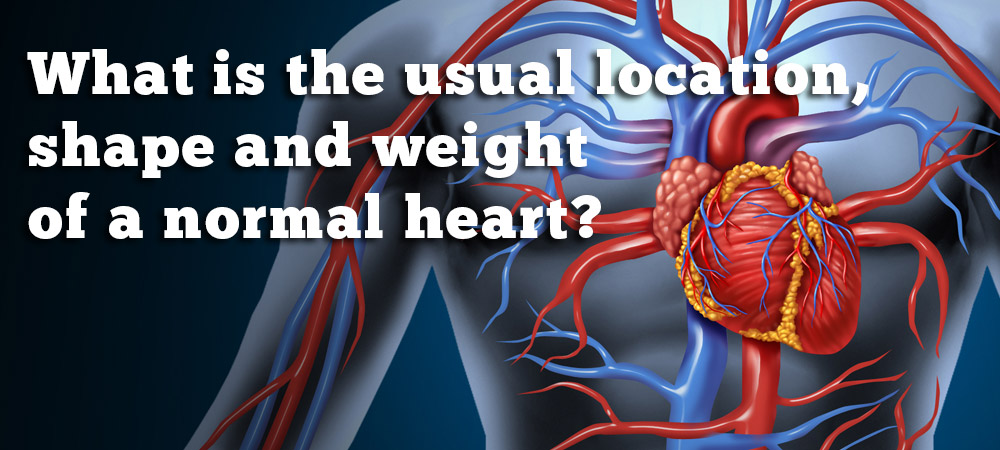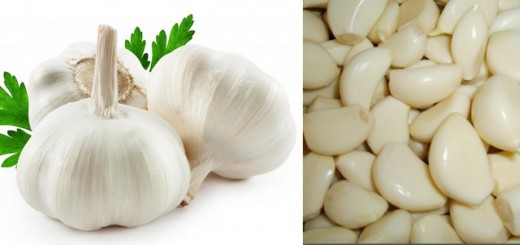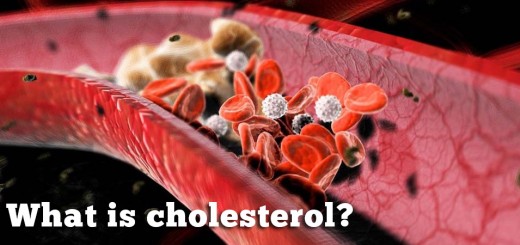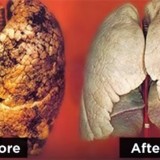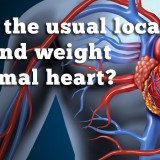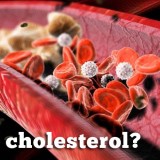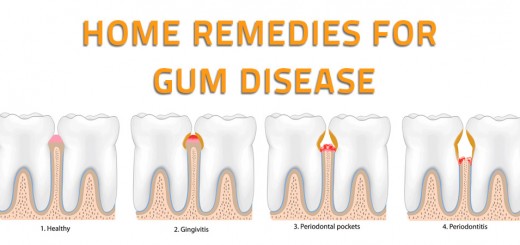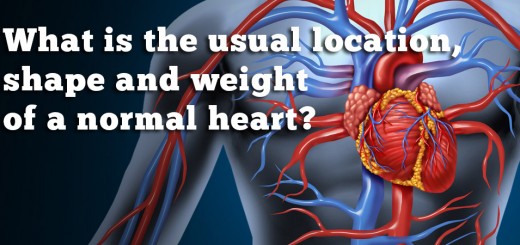The shape of the human heart more closely resembles a thick cone rather than the more common drawing of a “Valentine” heart. The heart is situated in the chest between the right and left lungs, and it is well protected by the chest wall and rib cage. The normal heart size is about the size of your fist, and it weighs approximately 11 ounces (350g) in adults. The heart can weigh as much as a pound in a highly trained athlete.
The heart is composed of muscle (called myocardium), and it is surrounded by a tough, protective membrane (or sac) known as the pericardium. The heart consists of four chambers; it’s a muscular pump that needs a steady supply of oxygen-rich blood. The two large chambers (lower chambers) are called ventricles, and their main function is pumping blood. Thus, the right ventricle pumps the blood to the lungs to be loaded with oxygen, and the left ventricle pumps the oxygen-rich blood to supply oxygen and important nutrients throughout the body. So, the heart is not really one pump but two.
The right ventricle is situated almost in front of the left ventricle, so they’re not exactly on the right and left in the chest (if you were to look at the heart headon). The left ventricular muscle mass is approximately 2.5 to 3 times thicker than the right ventricular muscle mass. On the other hand, the electrical energy of the left ventricle is about 10 times greater than that of the right ventricle.
Two smaller chambers (left atrium and right atrium) are located above the two ventricles. The main function of the two atria (the term atria is the plural form of atrium) is to receive blood from the entire body and the lungs, and the atria push the received blood down to the ventricles. Therefore, the term pumping chambers may be appropriate for describing the ventricles, while the term receiving chambers may be used to describe the atria.
The muscular wall between the right and left atria is called the atrial septum. Similarly, another muscular wall is situated between the right and left ventricles; it’s called the ventricular septum.

